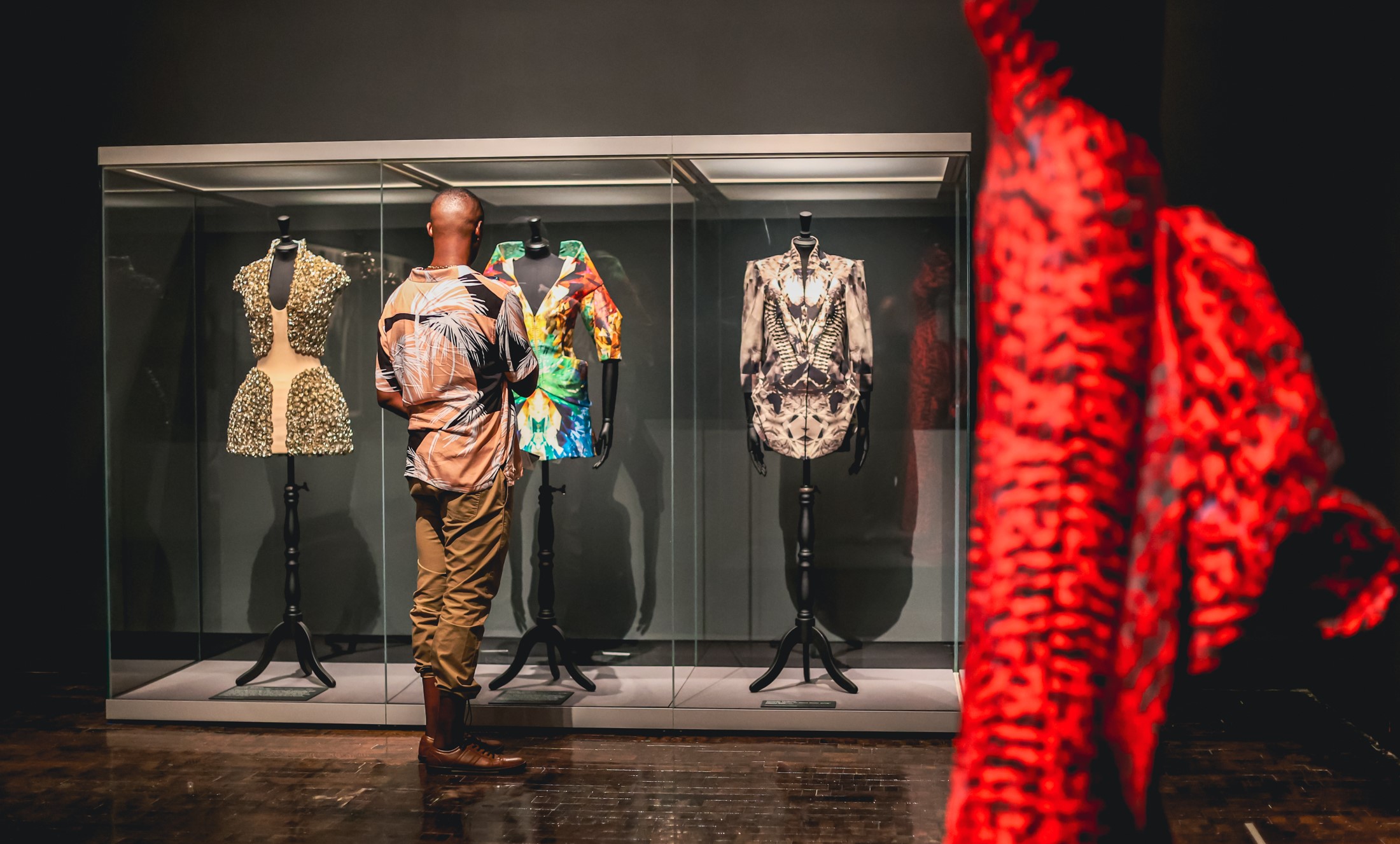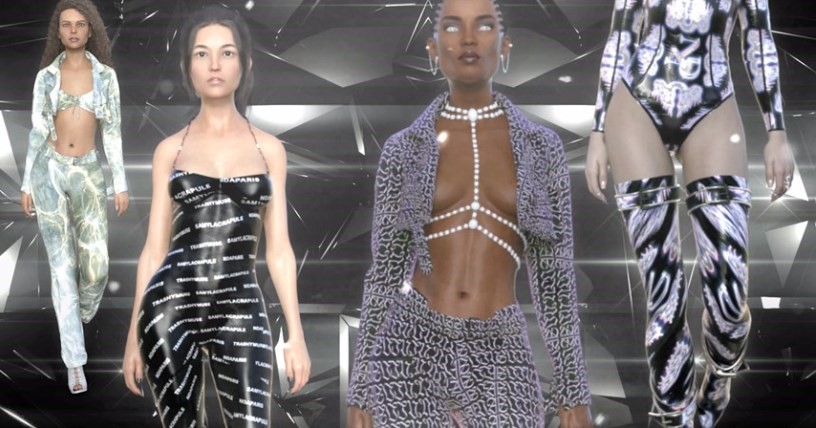Fashion as Art: Exploring the Intersection of Design and Creativity
Fashion and art have long shared a symbiotic relationship, each drawing inspiration from the other. Both are forms of creative expression that reflect cultural values, provoke thought, and push boundaries. In recent years, the line between fashion and art has become increasingly blurred, with designers creating wearable masterpieces and artists collaborating with brands to bring their visions to life.

Clarifying Your Inner Thoughts and Feelings
Journaling provides a safe space to unpack your emotions, thoughts, and experiences. Spiritual awareness often begins with self-awareness, and writing allows you to dig deep into what’s happening in your inner world.
- Benefits: By reflecting on your thoughts, you may uncover patterns, beliefs, or desires that were previously unconscious. This clarity can help you align your actions with your spiritual values.
- How to Start: Begin by writing a few sentences each day about your emotional state or significant events. Over time, you’ll notice recurring themes that can guide your spiritual journey.
Fashion as a Canvas for Artistic Expression
Fashion often serves as a medium for artists to express their ideas. Designers use fabrics, colors, and silhouettes to create pieces that are not just garments but statements. Collections by designers like Alexander McQueen and Iris van Herpen are prime examples of how fashion transcends utility, becoming a platform for storytelling and exploration of abstract concepts.
For instance, McQueen's collections often delve into themes like nature, history, and emotion, combining meticulous craftsmanship with bold narratives. Iris van Herpen’s work bridges the gap between fashion and technology, using 3D printing and innovative materials to craft garments that resemble sculptures.
These designs challenge the notion of clothing as mere apparel, presenting them instead as art that can be worn and experienced.
Fashion in Museums: A Growing Trend
Museums around the world have increasingly embraced fashion as a legitimate art form. Major exhibitions like The Costume Institute's annual showcases at The Metropolitan Museum of Art in New York and the Christian Dior: Designer of Dreams exhibition have drawn millions of visitors, demonstrating the public's fascination with fashion as art.
These exhibits often feature iconic designs that illustrate how fashion responds to and shapes cultural trends. They also highlight the craftsmanship and innovation behind creating haute couture and ready-to-wear pieces. For many, seeing fashion displayed in a museum setting elevates its status from commodity to cultural artifact.
Collaborative Creations: When Fashion Meets Fine Art
The collaboration between fashion and fine art has resulted in some of the most memorable collections in history. Designers frequently draw inspiration from painters, sculptors, and photographers, translating their work into textiles and patterns.
-
Yves Saint Laurent and Mondrian: Saint Laurent’s 1965 Mondrian Collection, featuring dresses inspired by the geometric compositions of Piet Mondrian, showcased how art can directly influence fashion design.
-
Louis Vuitton and Artists: The brand has collaborated with artists like Yayoi Kusama, Takashi Murakami, and Jeff Koons to create limited-edition pieces that blend artistic motifs with luxury fashion.
These partnerships not only bring art to a wider audience but also challenge traditional perceptions of both fields, creating a dynamic interplay between disciplines.
Runways as Performance Art
Fashion shows have evolved beyond simple presentations of clothing. They are now full-scale performances that combine music, visuals, and choreography to create immersive experiences. Designers like Thom Browne and Rick Owens have turned their runways into avant-garde spectacles, making them akin to theater productions or art installations.
For example, Browne’s shows often incorporate surreal and whimsical elements, with models appearing in exaggerated silhouettes and theatrical makeup. These performances not only showcase the clothing but also evoke emotion and convey a narrative, making the runway a stage for artistic innovation.
The Role of Digital Art in Fashion
With the rise of digital technology, the intersection of fashion and art has expanded into new realms. Virtual fashion shows, digital garments, and NFT collections have introduced a futuristic dimension to the industry.
Designers are experimenting with augmented reality (AR) and virtual reality (VR) to create experiences that transcend the physical world. Digital artist Beeple’s collaboration with fashion brands and the emergence of virtual models highlight how fashion is adapting to an increasingly digital society.
This integration of technology not only opens up creative possibilities but also redefines what it means to create and consume fashion.

The Future of Fashion and Art
As sustainability becomes a growing concern, the relationship between fashion and art is likely to evolve. Designers are exploring ways to use recycled materials, craft timeless pieces, and promote slow fashion—all while maintaining artistic integrity.
The fusion of fashion and art will continue to challenge conventions, inviting audiences to see clothing not just as something to wear but as a medium for creative expression. Whether through wearable technology, experimental materials, or collaborations with contemporary artists, the future of fashion promises to be as innovative and inspiring as ever.
Fashion is more than just an industry; it is a form of art that mirrors society, explores identity, and captures the imagination. From runways to galleries, it continues to challenge and redefine the boundaries of creativity.












